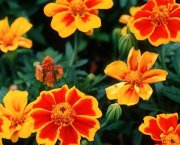
| 
|
|
Fatal error: Uncaught ArgumentCountError: Too few arguments to function toc(), 0 passed in /var/www/html/patio-gardener/templates/default/template.htm on line 37 and exactly 2 expected in /var/www/html/patio-gardener/cmsimple/cms.php:279 Stack trace: #0 /var/www/html/patio-gardener/templates/default/template.htm(37): toc() #1 /var/www/html/patio-gardener/cmsimple/cms.php(196): include('...') #2 /var/www/html/patio-gardener/index.php(8): include('...') #3 {main} thrown in /var/www/html/patio-gardener/cmsimple/cms.php on line 279 |